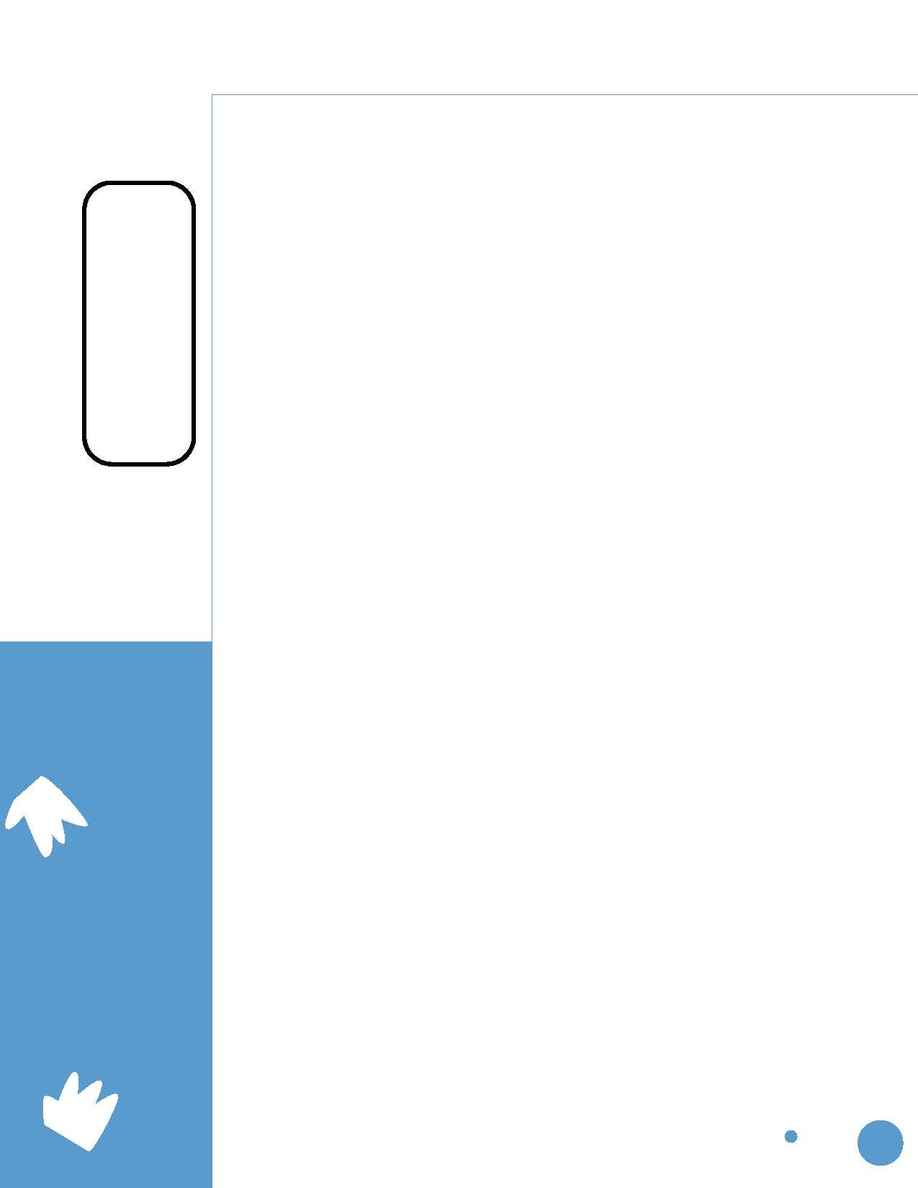
7
Like the
Back
of Your
Hand
Most people think
they know the back
of their hands fairly
well. But did you
know that a 3/4" -
square patch of skin,
which is only about
1/20th of an inch
thick contains:
· 9 feet of blood
vessels
· 600 pain
sensors
· 30 hairs
· 300 sweat glands
· 4 oil glands
· 13 yards of nerves
· 9,000 nerve
endings
· 677 cold sensors
· 36 heat sensors
· 75 pressure
sensors
Teaching
in the Classroom
Hair
Trivia
Darkest
Hair...
Where on the
body would you
find the darkest
hairs?
They are
usually found in
the eyelashes.
SmartNotesTM
When using SmartNotes in the classroom,
should I lecture and have the students take
notes or is it better to have them work on
their own? This is a question often heard when
first starting to work with SmartNotes.There
is not one set-in-stone plan for delivering
SmartNotes to the students, but there are
several `best practices' methods that we will
share with you now.
Instructor-Led,
Learner-Centered
In this model, the teacher presents a lecture
on the topic and stops after each key term and
summarizes the important point to consider.
Examples of short phrases or drawings are
offered to the learner as an example of what
she/he might want to use in her/his Smart-
Notes. She/He is given time to complete her/
his own SmartNotes and is encouraged to
continue taking her/his SmartNotes as the
lecture continues.
Instructor-led,
Group-Centered
This method of delivery positions the role of
the teacher in the same way as the Instructor-
Led model.The role of the learner now changes
to a group environment.The SmartNotes
are completed by a group of students working
together to devise phrases and/or drawings to
personalize, prioritize and share their learning.
Individual Study
In this case, the student reads the information
from the text and completes the SmartNotes
as she/he proceeds through the Chapter on
her/his own. Used most often by absent or
accelerated learners, it is important to realize
the necessity of exposing sample SmartNotes or
other learners' work to this group of students.
This will help inspire their creativity and in
addition, provide a social connection to the class.
Additional strategies for delivering
SmartNotes might include offering an
incentive for prize-winning pages of notes or
facilitating an activity called "Timed Recall"
which follows.When first working with
SmartNotes, it is very tempting for an educator
to check right or wrong the information being
gathered by the student. However, the guiding
principle here is that the student is actively
transforming the information to create learning.
Time Recall...An Activity
Using SmartNotesTM
This activity builds experience in creating
SmartNotes and provides a fun review session
for the students. Prior to the presentation of
Timed Recall, collect from each student a
completed page of SmartNotes that covers the
current topic you are covering.
Make a photocopy of each SmartNotes
page, but before placing each sheet on the
photocopier, cover the left-hand column of
each page.This left-hand column is called the
Recall Column. In addition, you will want to
sequentially number each page.The matching
number will create an answer key for this
activity.
Once each SmartNote page has been
copied, issue a page to each student. Ask the
students to use the notes and drawings created
by another student in their group to help iden-
tify the word or key term that should go in the
left-hand or Recall Column. Offer an incentive
or prize to the student or students who are able
to correctly complete the SmartNotes page.
Teaching
When teaching new concepts, alternatively use
discussion (left brain) with visual (right brain)
examples.Write key words on the board or flip
chart that represents the attributes of the ideas
being presented.Then use a simple diagram to
represent the attributes of the ideas being pre-
sented. Next use a simple diagram to represent
relationships among the key ideas.This will help
all learners attach both auditory and visual clues
to the new information and increase the likeli-
hood that sense and meaning will emerge.
Seminars
It's time to make Salon Fundamentals work for
you. As part of our ongoing teacher support,
we're offering free seminars to help you
integrate Salon Fundamentals into your existing
curriculum.We'll show you how easy it is to
teach with this extraordinary system and take
you through all the learning strategies step
by step.The future of education starts today.
Call 800-886-4247 or click www.
pivot-point.com for more information.
